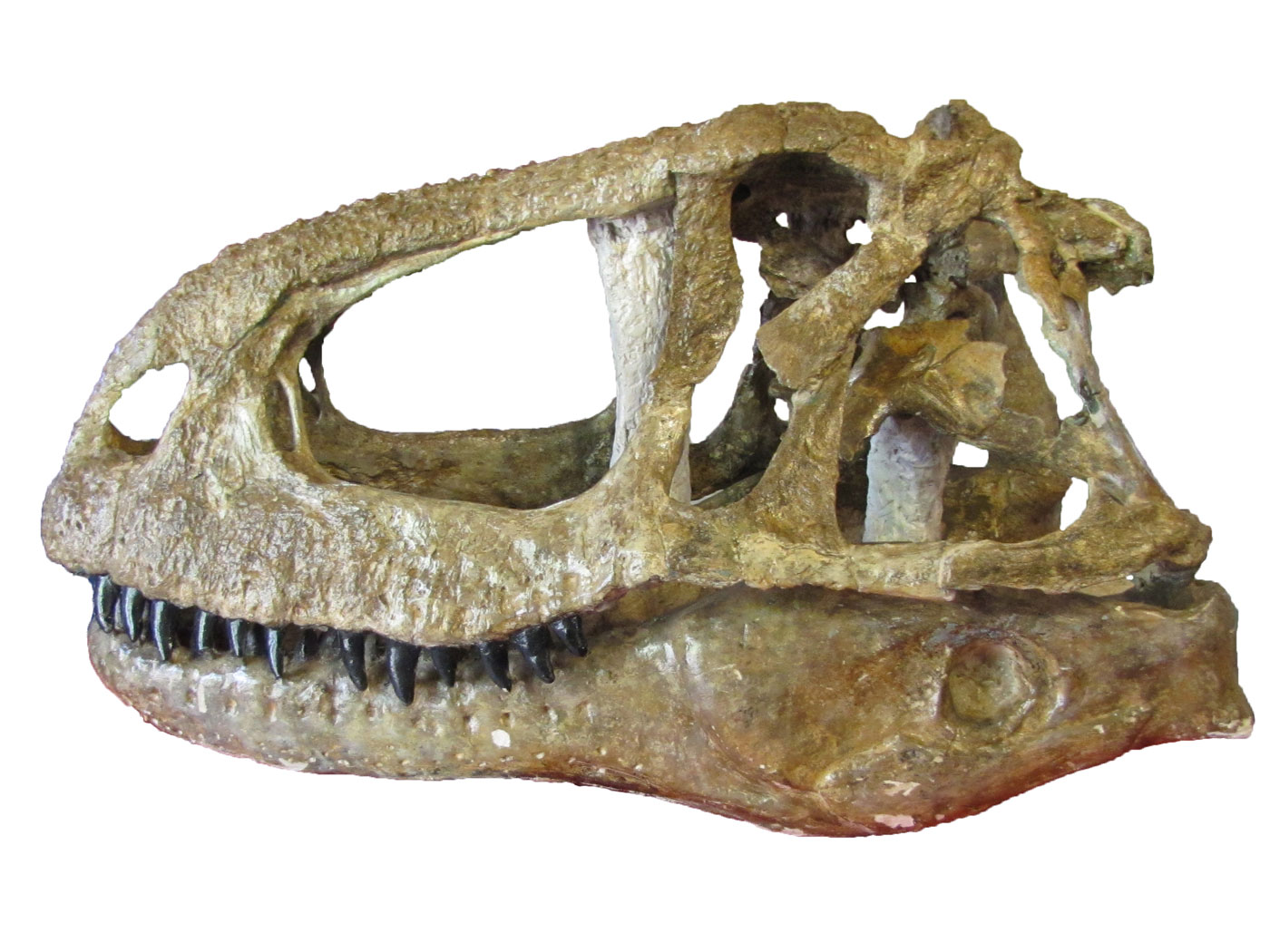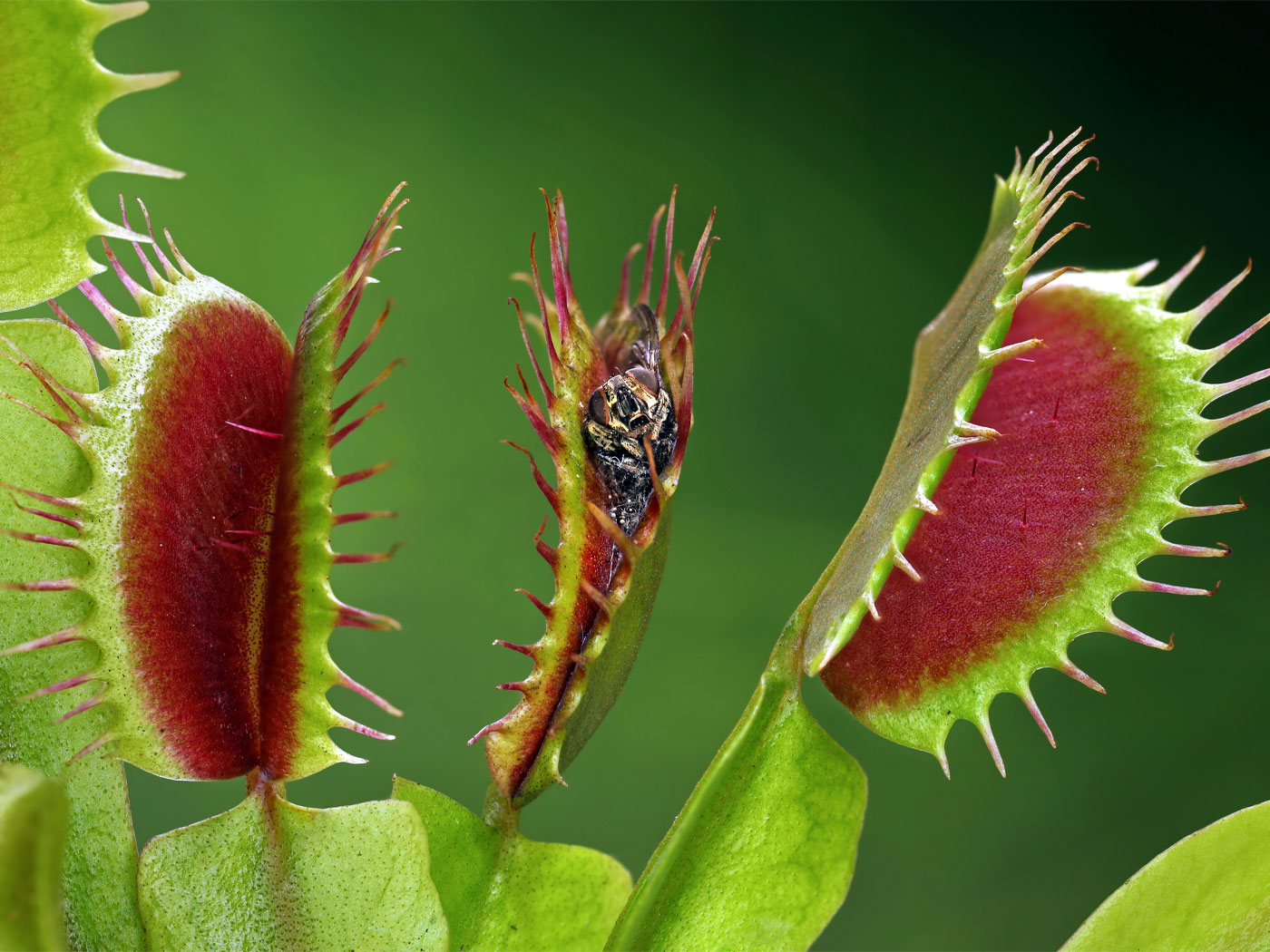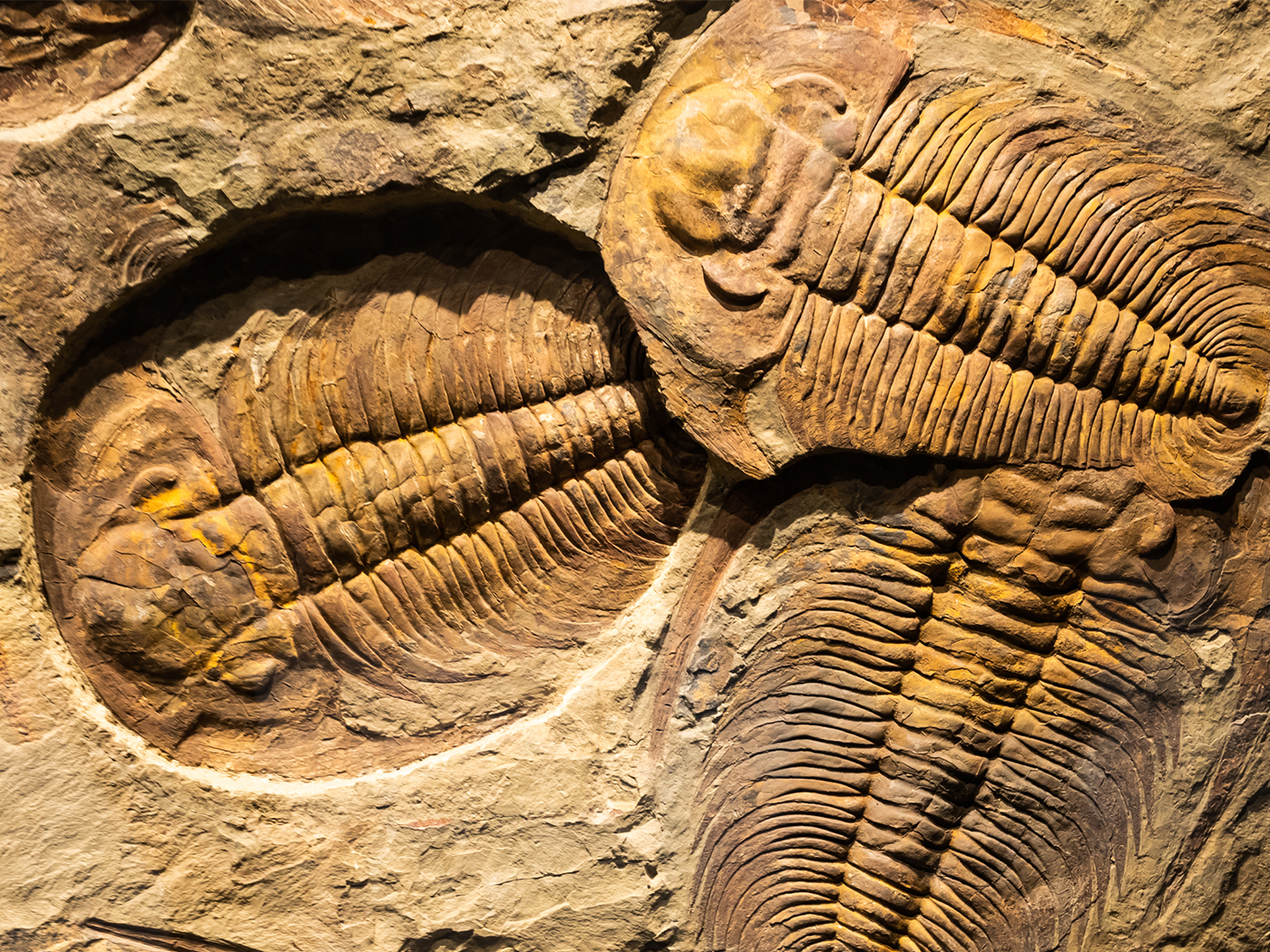Until 2015, anatomy textbooks generally taught that the human immune system doesn't penetrate brain tissue. But that same year, University of Virginia neuroscientist Jonathan Kipnis and his team discovered immune system cells working in the brain after all. They immediately wanted to know why. The team's 2016 research revealed an unexpected additional role for molecules historically known only to target invading cells. They then speculated on ways this dual-function molecule may have evolved.
Kipnis' group tracked the immune system molecule, called interferon gamma, in mouse brains. They found that immune system cells produce the interferon, which travels through the meninges—three membranes enclosing the brain and spinal cord—to directly interact with brain cells.
Some of his team members genetically engineered mice without interferon gamma. Normal mice have the molecule and show more interest in nearby mice than in static objects, but the engineered mice spent less time checking out their neighbors than inanimate items. Other team members measured neuron signaling intensity in the two mouse types. Mice brains that lack this interferon have hyper-connected neurons—their brains fire too many signals all at once.
And that means interferon—thought to deal exclusively with invading pathogens such as viruses—also regulates nerve cells, which in turn maintains healthy social behaviors. The research appears in the journal Nature and shows that, in healthy brains, these interferon molecules bring balance to the electrochemical sensitivity of nearby neurons.1
The team found evidence of similar setups in rats, fish, and flies. Interferons probably help regulate human brain activity too. How could one molecule come to serve two important but very different jobs? According to University of Virginia news,
The relationship between people and pathogens, the researchers suggest, could have directly affected the development of our social behavior, allowing us to engage in the social interactions necessary for the survival of the species while developing ways for our immune systems to protect us from the diseases that accompany those interactions.2
Sounds confusing. How could we have survived before "the development of our social behavior" necessary to our survival? Anthony Filiano was lead author of the study and works in Kipnis' lab. He told University of Virginia News,
It's extremely critical for an organism to be social for the survival of the species. It's important for foraging, sexual reproduction, gathering, hunting. So the hypothesis is that when organisms come together, you have a higher propensity to spread infection. So you need to be social, but [in doing so] you have a higher chance of spreading pathogens. The idea is that interferon gamma, in evolution, has been used as a more efficient way to both boost social behavior while boosting an anti-pathogen response.2
So, evolution somehow used interferon gamma to give us resistance to infections plus proper brain function, because that was the most efficient way to achieve both outcomes? This scenario presents problems for those who go to great lengths to avoid the obvious design that these results imply. First, by definition, evolution cannot perceive outcomes. That means it cannot foresee needs. Also, other experiments have failed to show that evolution occurring through selected mutations can create complicated molecules like interferon.3 Last, common experience shows that just because a solution is efficient does not mean it just happens. In the real world, chance processes cannot design—only designers can craft effective solutions.
Filiano might as well have said, "The idea is that interferon gamma, in our imaginations, has been used as a more efficient way to both boost social behavior while boosting an anti-pathogen response."
These critical evolutionary logic failures open the door to the creation option as a more scientific explanation for one molecule that expertly meets two unrelated needs. Unlike evolution, God can perceive outcomes and thus foresee needs. Unlike evolution, God has the power to craft complicated molecules to address potential outcomes. And who better to ascribe the ingenious solution of using one molecule to perform two very different roles in the same body than our great Creator?
References
- Filiano, A. J. et al. 2016. Unexpected role of interferon-γ in regulating neuronal connectivity and social behaviour. Nature. 535 (7612): 425-429.
- Barney, J. Shocking New Role Found for the Immune System: Controlling Social Interactions. University of Virginia News. Posted on news.virginia.edu July 13, 2016, accessed July 25, 2016.
- Axe, D. D. 2000. Extreme functional sensitivity to conservative amino acid changes on enzyme exteriors. Journal of Molecular Biology. 301 (3): 585-595.
*Mr. Thomas is Science Writer at the Institute for Creation Research.
Article posted on August 15, 2016.
























